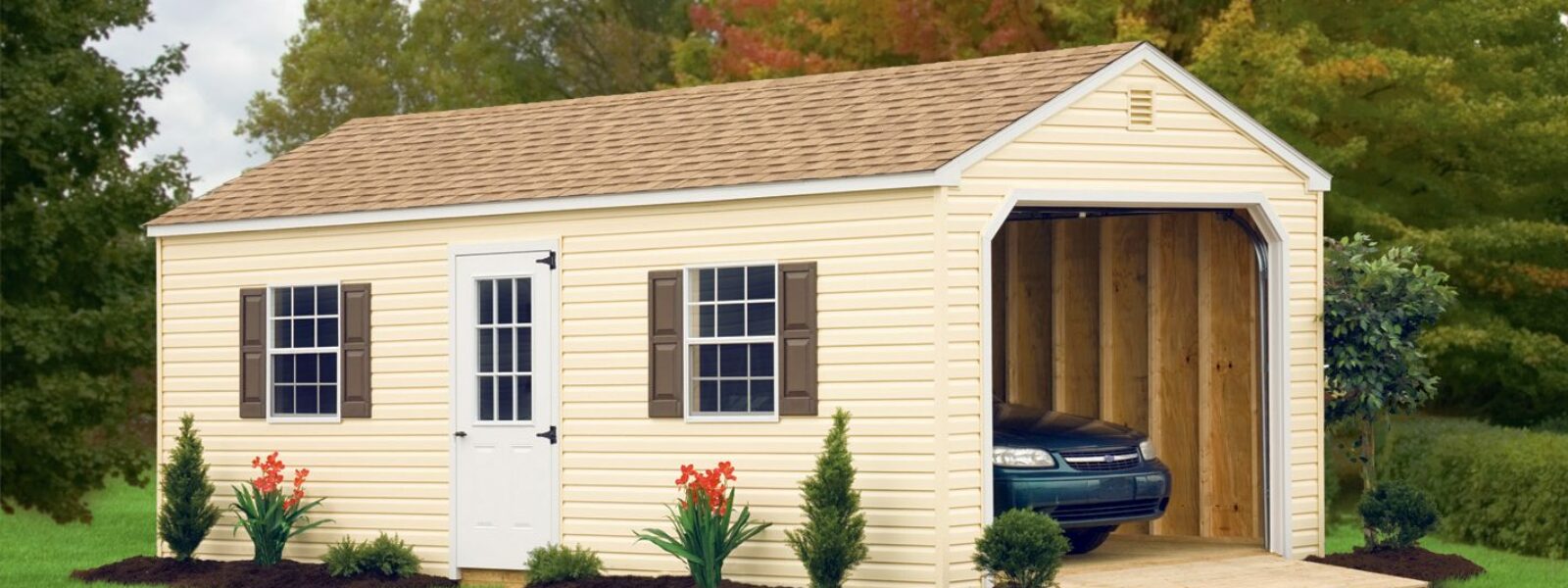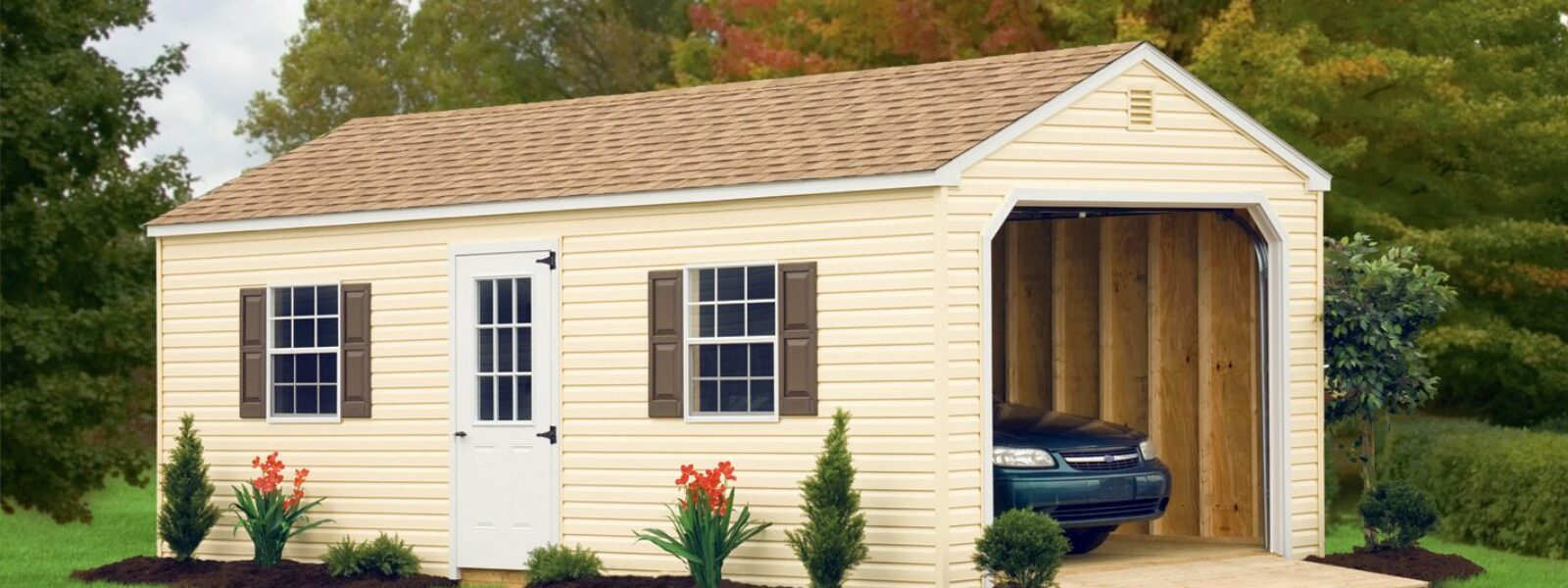
Types of Prefab Garages
Prefab garages come in varied designs to suit different needs:
- Modular garages: Built in sections at factories, then transported and assembled on-site. These units often include pre-installed walls, roofs, and flooring for quick setup.
- Panelized garages: Constructed with pre-cut panels that interlock during assembly. They’re lightweight yet sturdy, ideal for smaller spaces or DIY installation.
- Detached prefab garages: Standalone structures separate from the home, offering flexibility in placement and size—perfect for properties needing extra storage or workspace.
- Attached prefab garages: Designed to connect seamlessly to existing homes, with matching exterior finishes for a cohesive look.
Key Advantages of Prefab Garages
Prefab garages stand out for their practical benefits:
- Speedy installation: Factory-built components reduce on-site construction time, with many garages assembled in days rather than weeks.
- Consistent quality: Controlled manufacturing ensures materials and craftsmanship meet strict standards, minimizing defects common in on-site builds.
- Space efficiency: Compact designs maximize utility, fitting into tight lots while providing ample room for vehicles, tools, or equipment.
- Long-lasting durability: Made with weather-resistant materials like steel, wood, or vinyl, they withstand harsh conditions from heavy rain to extreme temperatures.
Design and Customization Options
Prefab garages offer flexibility to match your needs:
- Size variations: From single-car units to triple-car spaces, they accommodate different vehicle counts and storage requirements.
- Material choices: Steel frames for strength, wood for a classic look, or vinyl for low maintenance—each material suits specific climates and aesthetics.
- Functional add-ons: Options like built-in shelves, workbenches, or overhead storage racks enhance usability, turning the garage into a workshop or storage hub.
- Door and window options: Insulated garage doors, skylights, or side windows improve energy efficiency and natural light.
Practical Uses Beyond Vehicle Storage
Prefab garages serve multiple purposes:
- Extra storage: Ideal for housing lawnmowers, seasonal decorations, or sports equipment, keeping clutter out of the home.
- Workshop space: With added electrical outlets and workbenches, they become functional areas for DIY projects, repairs, or hobbies.
- Commercial use: Small businesses like landscaping services or handyman companies use them to store tools and vehicles securely.
- Temporary shelter: During renovations, they protect belongings from the elements or serve as a covered area for outdoor gear.
Installation and Maintenance Considerations
Before choosing a prefab garage, keep these in mind:
- Foundation requirements: Most need a level base, such as concrete slabs or gravel pads, to ensure stability—check manufacturer guidelines for specifics.
- Transport logistics: Large units require proper transportation planning, especially for narrow driveways or remote properties.
- Local regulations: Verify zoning laws and building codes, as some areas have rules on size, height, or distance from property lines.
- Upkeep needs: Regular maintenance like painting wood surfaces or inspecting door mechanisms extends their lifespan.
Why Prefab Garages Stand Out
Compared to traditional garages, prefab options excel in adaptability. They’re easier to expand or modify—adding a second story or extra bay later if needs change. Their standardized designs also simplify repairs, with replacement parts readily available from manufacturers.
Prefab garages blend functionality and convenience, making them valuable additions to any property. Whether for vehicle storage, workspace, or extra room, their efficient construction and versatile design ensure they meet diverse needs while enhancing your property’s utility.

